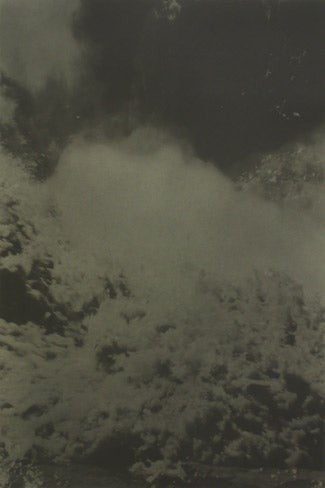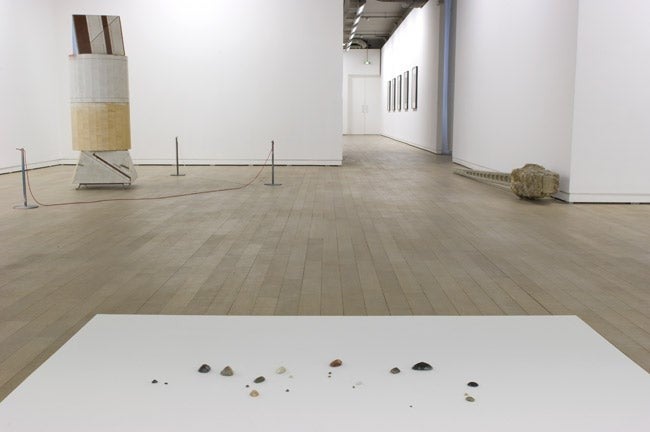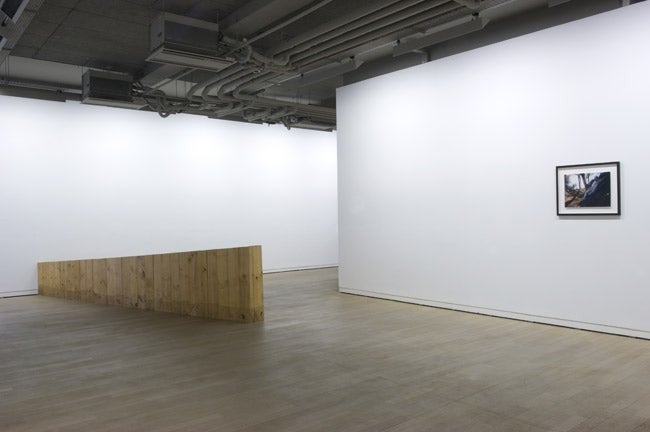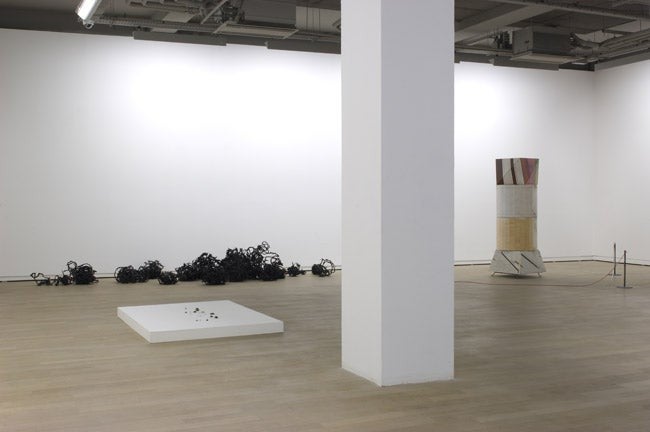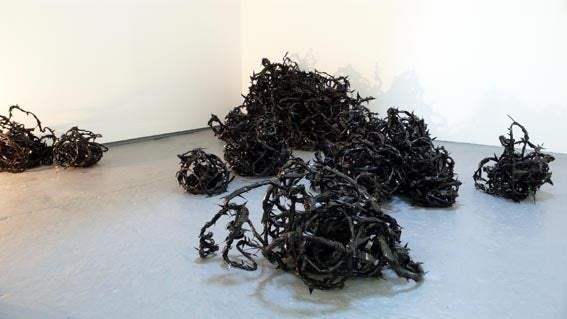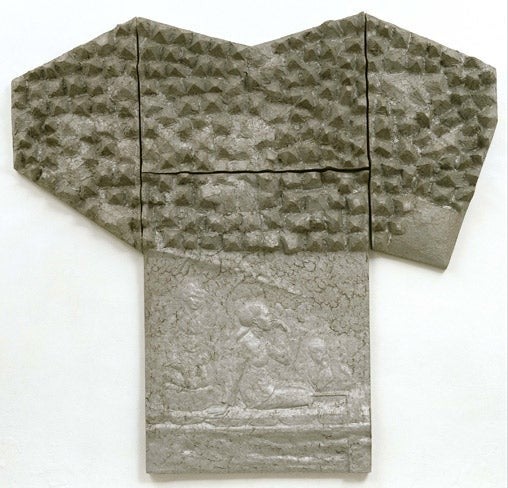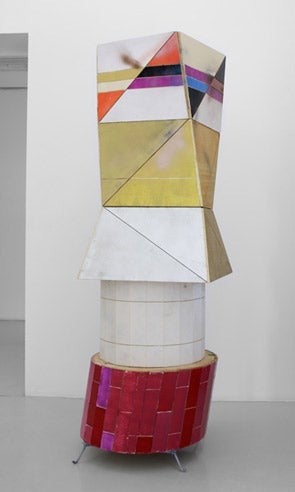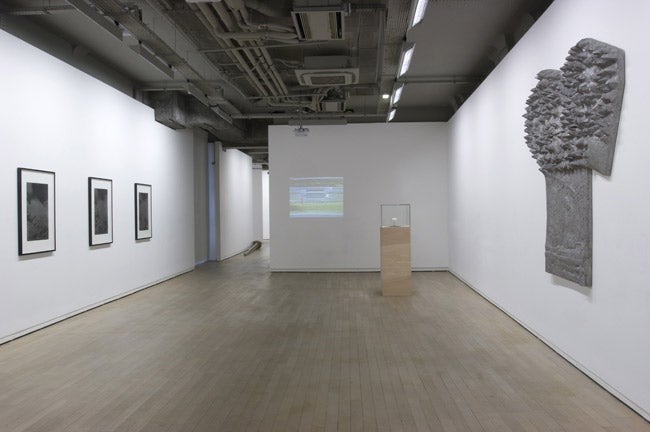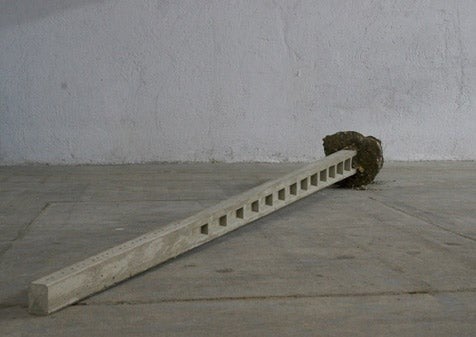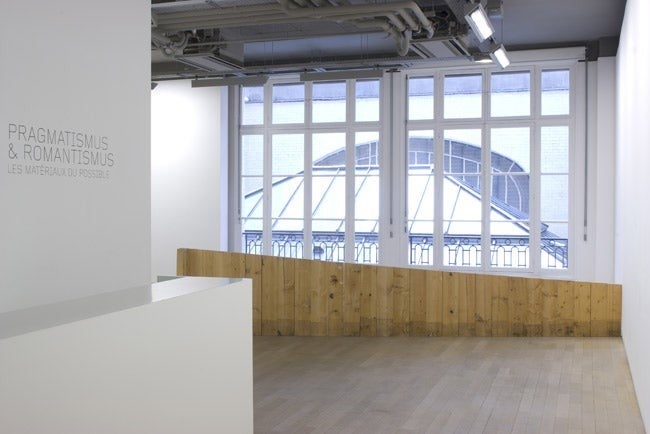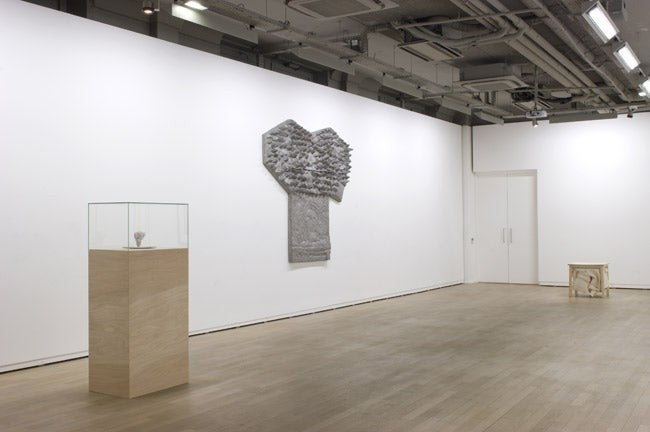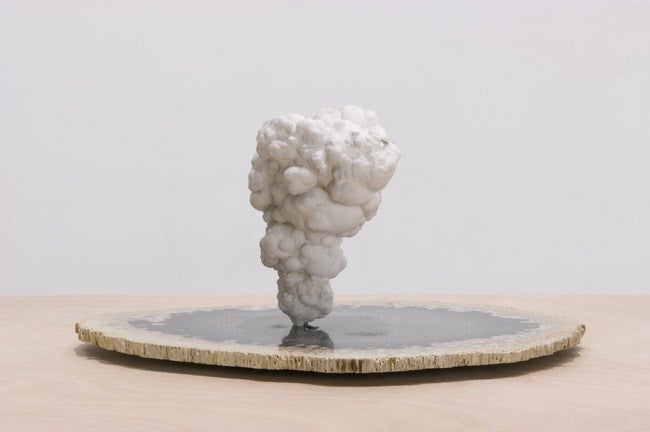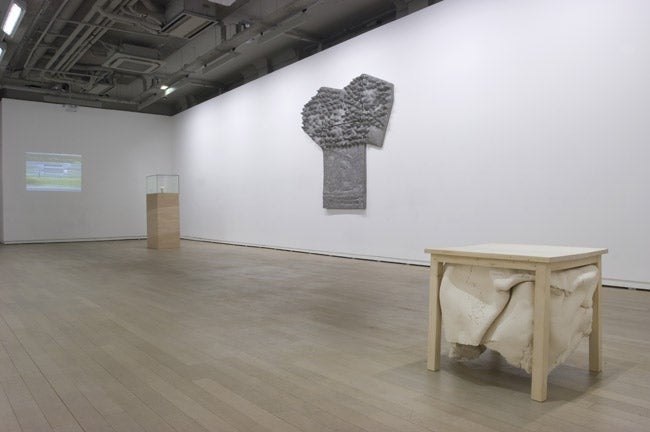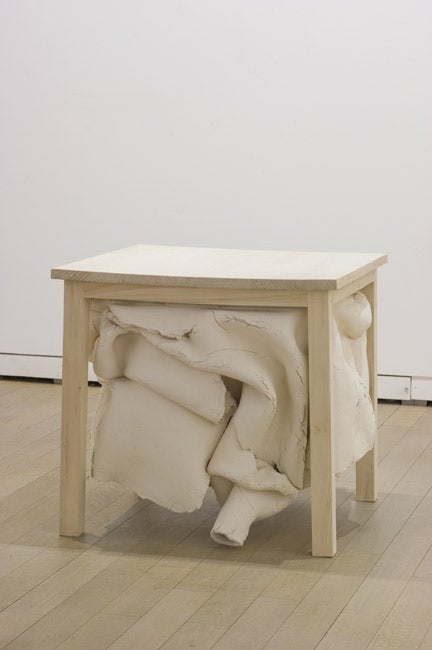Pragmatismus & Romantismus, Les matériaux du possible

Pragmatismus & Romantismus associates two opposed notions that entail two attitudes. While Pragmatismus privileges experience, action, and the concrete conditions of production of works of art, Romantismus sees everything as twofold, under the sign of irony and contradiction (death within life, the possible within the real, what is not yet within what is). Pragmatismus & Romantismus thus defines a contradictory operation.
The present times are so little conducive to collective utopias that what may be done within a given situation, here and now, should be given consideration. While such pragmatic attitude may appear like a letdown, with its assumption of making do with the circumstances, such making do may also be variously interpreted depending on the point of view: processes or great ideas, means or ends. From a pragmatic perspective, making do consists in the inscription of an action in a process so as to give oneself the means to alter a situation from within. The Pragmatism of making do thus also implies the Romanticism of a making against. Among the exhibited artists, some operate within a tangible reality, from which they draw the materials and the forms of a possible world; some others reanimate a buried reality that is no longer or not yet visible. Pragmatismus & Romantismus – to paraphrase Robert Musil in his The Man Without Qualities – asserts a will to build, a conscious utopia which, far from shying away from reality, simply approaches it as a perpetual task, a perpetual invention.
Some among the exhibited artists explore the ordinary world in its urban and domestic aspects. Manfred Pernice and Guillaume Leblon focus on the architectural forms of the « setting that fills us and determines us » (Guy Debord). Pernice’s architectonic sculptures evoke modernism as well as the city kiosk or the bunker, reflecting people’s lives and the experience of the street. Leblon’s Palissade, a huge, minimal structure of raw, smeared wood, belongs equally to the world of art and to the environment of the waste ground. As to the electricity pylon reproduced on a smaller scale by Stéphane Vigny, it also constitutes the fossil of a recent world. These works return the forms that determine us inwardly and outwardly to a material existence; and if the forms evolve, they may accordingly be transformed.
